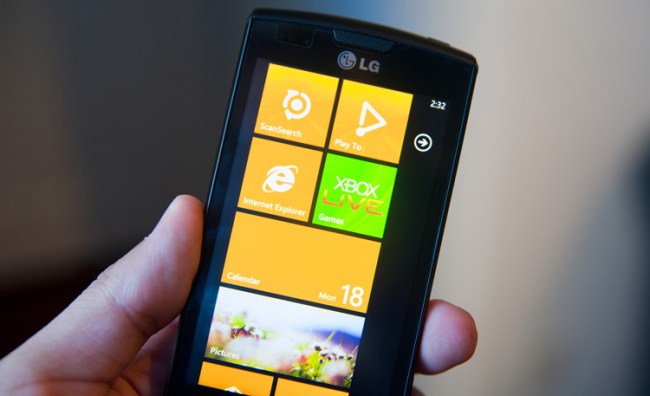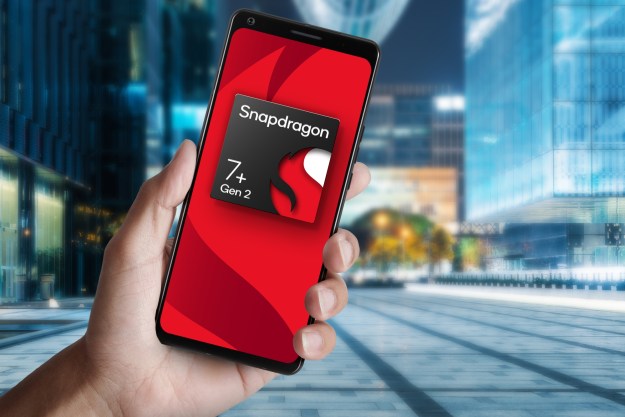
Microsoft’s Windows Phone 7 has been on the market for a full quarter now—and that quarter happens to have been the lucrative end-of-year holiday season—and while Microsoft has been relatively tight-lipped about how many Windows Phone 7 devices have been sold to consumers, market analysis firms are willing to take a guess at how well the operating system is doing. According to NPD, Windows Phone 7 debuted with a 2 percent share of the U.S. smartphone market. That ranking ties the operating system for last place alongside Palm’s webOS. NPD also notes that Windows Phone 7 entered the market with a lower share than either Android or webOS at their debut.
“Microsoft has made the case for Windows Phone 7’s differentiation and improved integration,” said NPD’s executive director for industry analysis Ross Rubin, in a statement. “Now, the company must close the feature gap, offer more exclusive capabilities, work with partners to deliver hardware with better differentiation, and leverage its extensive experience in driving developer communities to increase its app offerings.”
NPD also found that share for Microsoft’s legacy mobile operating system, Windows Mobile 6, declined three percent during the quarter. However, Windows Mobile 6 still accounts for a four percent share of the U.S. smartphone market, twice Windows Phone 7’s debut share.
Overall, NPD found that Android accounted for more than half (53 percent) of all consumer smartphones sold during the quarter. Apple’s iOS dropped four percentage points to 19 percent, and RIM’s BlackBerry platform dropped two percent to tie Apple at 19 percent.
The top five handset models for the quarter were the Apple iPhone 4, the Motorola Droid X, the HTC Evo 4G, the Apple iPhone 3GS, and the Motorola Droid 2. The quarter marked the first quarter in NPD’s analysis of the mobile phone market that smartphones accounted for all five of the top-selling devices in the quarter: no feature phones made the cut.
Editors' Recommendations
- One of the best budget phones just got even better
- Need a cheap, reliable 5G phone? The Google Pixel 6a is $270 today
- Don’t buy the Pixel 7a — this is the best cheap Pixel of 2023
- This tough camera comparison is bad news for the Pixel 7a
- Thinking about buying the Pixel 7a or Pixel 6a? Read this first


